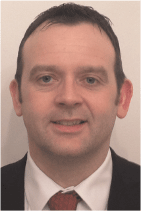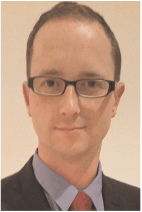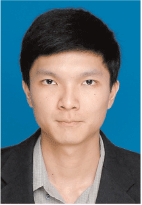Rig integration and remote monitoring set new standards in offshore operations
Scott Sivewright A , Markus Hulke A and Goh Teck Hua AWeatherford.
The APPEA Journal 55(2) 453-453 https://doi.org/10.1071/AJ14088
Published: 2015
Abstract
Heightened focus on wellbore integrity in the high-profile offshore arena has signalled the need for integrated solutions that deliver greater operational efficiency, safety, reliability and cost savings. Innovative systems that can interface with the existing rig package and facilitate mechanised processes are critical to operator needs to maximise safety and efficiency.
A rig integration operation to run tubulars and make up connections for a multi-well project in the UK sector of the North Sea reduced overall operational costs without compromising performance. This operation combined remote-controlled mechanised power tongs (maximum 100,000 ft/lb) with a software package that recorded, analysed and evaluated critical torque-turn data in a real-time report, which could be viewed from multiple remote locations. This hands-off system ensured the integrity of the connections, eliminating the possibility of tubing damage and reducing tripping. The technology performed risky activities in a mechanised fashion, increased efficiency, reduced non-productive time and kept workers safer.
This approach is particularly suited to the offshore sector, which is defined by high costs and risks, specifically the use of high-torque strings where casing-running operations present potential hazards. The North Sea’s stringent safety standards dictate the need for a totally integrated methodology that provides a control system, and handling and makeup tools that can easily interface with existing rig equipment.
This extended abstract will review the evolution of connection integrity and remote monitoring to enhance safety and well integrity in offshore environments. It will also discuss the latest technologies and software in connection make up and their impact on improving operational efficiency.

Scott Sivewright is the global technology development and implementation manager for Weatherford tubular running services in Aberdeen, Scotland. He has extensive field and operations experience due to his 20-year career with Weatherford. His most recent roles included global connection integrity manager, focusing on new developments on improvements in connection make up, as well as the regional product line manager, supporting sub-Sahara Africa and Europe. |

Markus Hulke is global support engineer for Weatherford tubular running services in Hanover, Germany. He supports all regions by managing technical projects, rig integration, technical communication and project development. Previously Markus was the project manager for technical sales, specialising in rig system services and tubular management services. His studies included electric power and automation technology before joining Weatherford in July 2001. |

Teck Hua Goh graduated with a BEng (mechanical) from the University of Western Australia before joining Weatherford in 2003. He now holds the position of Asia Pacific region technical manager for Weatherford Tubular Running Services based in Kuala Lumpur, Malaysia. Goh supports the Region by providing technical support for technology development and implementation,evaluation of challenges and proposing solutions. Goh have previously worked in roles spanning field operations, technology implementation and commercialization as well as business management including as general manager of a Weatherford JV, business unit manager for TRS Malaysia and region OverDrive product champion. |


